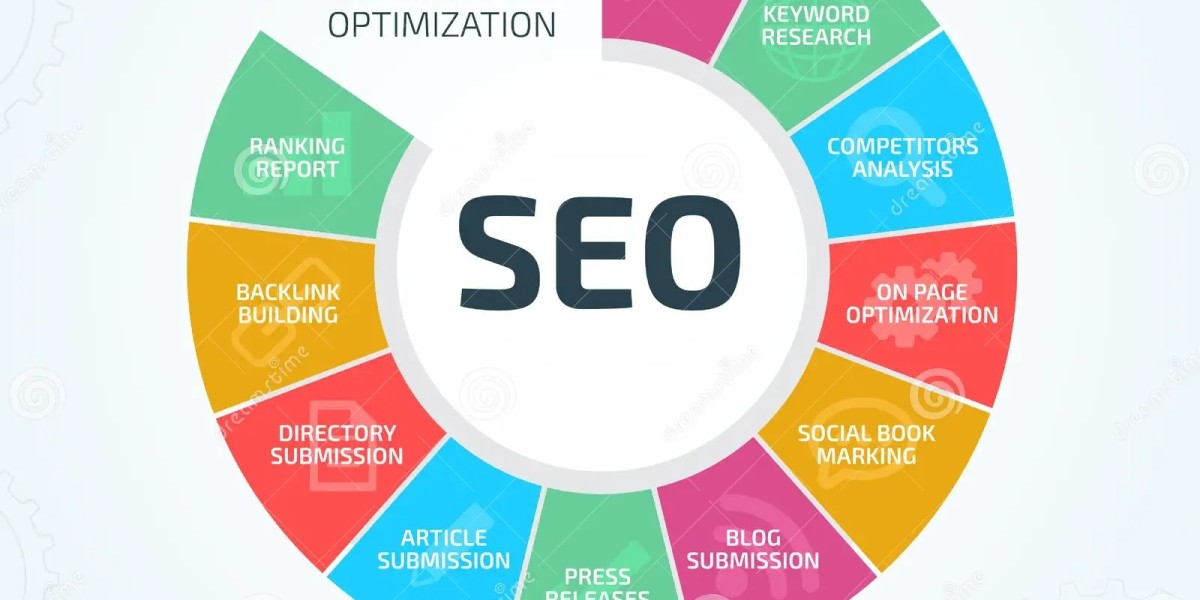The industrial automation market is transforming the way factories, warehouses, and businesses operate worldwide. From robotics and sensors to artificial intelligence and control systems, automation is no longer a futuristic concept—it’s a present-day necessity. Companies across industries are investing in automation to reduce costs, increase efficiency, and improve quality.
But what exactly is driving this rapid growth in industrial automation? How does it impact industries, and what does the future hold? Let’s dive deeper into the evolving landscape of this market.
What is Industrial Automation?
Industrial automation refers to the use of control systems—such as computers, robots, and information technologies—to handle different processes and machinery with minimal human intervention. In simple terms, it means replacing repetitive or labor-intensive tasks with intelligent machines that can work faster, more accurately, and more consistently.
This market spans across various sectors, including:
Manufacturing – from automotive and electronics to food and beverage.
Energy and utilities – improving efficiency in power plants and grids.
Logistics and warehousing – optimizing supply chains through robotics.
By integrating automation, businesses are not only streamlining production but also gaining a competitive advantage in a highly digital economy.
Market Growth and Global Trends
The global industrial automation market size has been expanding steadily, driven by technological advancements and the growing need for efficiency. Emerging technologies like the Industrial Internet of Things (IIoT), artificial intelligence, and cloud-based analytics are reshaping how industries operate.
Some of the major trends fueling this growth include:
Smart factories adopting connected devices for predictive maintenance.
Robotics integration in sectors such as automotive assembly and packaging.
Sustainability initiatives pushing industries toward energy-efficient automation.
Government policies encouraging digital transformation in manufacturing.
As industries aim to meet rising consumer demand and reduce operational risks, automation is proving to be a crucial investment.
Key Drivers of the Industrial Automation Market
Several factors are accelerating adoption across global industries:
Rising Demand for Productivity
Businesses face intense competition and shrinking profit margins. Automation offers a reliable way to enhance productivity without significantly increasing labor costs.
Labor Shortages and Safety Concerns
In many regions, finding skilled labor is becoming challenging. Automation helps fill these gaps while ensuring worker safety by taking on hazardous tasks.
Technological Innovation
From collaborative robots (cobots) to AI-driven process controls, constant innovation makes automation more accessible and cost-effective for both large enterprises and small manufacturers.
Increasing Focus on Quality
Automation ensures consistency in production, reducing errors and waste. This is especially important in industries such as pharmaceuticals, electronics, and aerospace.
Regional Insights
The industrial automation market shows diverse growth across regions.
Asia-Pacific leads the market, with countries like China, Japan, and India heavily investing in smart factories.
North America remains a strong player, driven by innovation in robotics and AI, along with a growing focus on reshoring manufacturing.
Europe emphasizes sustainability, with German and Scandinavian industries integrating eco-friendly automation solutions.
Middle East and Africa are witnessing rising adoption in oil, gas, and infrastructure sectors.
Each region’s unique needs and policies play a crucial role in shaping its automation journey.
Industrial Automation in Different Sectors
The scope of automation is vast and spans multiple industries:
Manufacturing Industry
Automation in manufacturing has revolutionized assembly lines, reducing downtime and improving efficiency. Robotics and advanced monitoring systems ensure high-quality production at scale.
Food and Beverage
Automation supports packaging, quality inspection, and supply chain management, ensuring consistent quality and hygiene standards.
Healthcare and Pharmaceuticals
Automation is vital in drug production, medical equipment manufacturing, and even hospital operations. Precision and compliance with strict regulations make automation indispensable.
Logistics and Warehousing
Automated guided vehicles (AGVs), drones, and AI-based inventory systems are optimizing logistics, reducing human error, and speeding up delivery.
Future of the Industrial Automation Market
The future looks promising, with digital transformation taking center stage. The integration of AI, machine learning, and advanced robotics will drive the next phase of growth. Businesses can expect more intelligent systems capable of self-learning, predictive decision-making, and seamless integration with enterprise operations.
Sustainability will also play a bigger role, as industries focus on reducing energy consumption and minimizing environmental impact through green automation solutions.
FAQs about the Industrial Automation Market
Q1: What is driving the growth of the industrial automation market?
Technological advancements, the need for higher productivity, labor shortages, and rising safety standards are the major drivers.
Q2: Which industries benefit most from industrial automation?
Manufacturing, energy, healthcare, logistics, and food and beverage are among the top beneficiaries.
Q3: How does industrial automation improve efficiency?
It minimizes human error, reduces downtime, and streamlines processes, leading to consistent output and lower operational costs.
Q4: What is the role of AI in industrial automation?
AI enhances automation by enabling predictive maintenance, smart decision-making, and real-time monitoring of complex systems.
Q5: What challenges does the industrial automation market face?
High initial investment, cybersecurity risks, and the need for workforce reskilling are key challenges.







